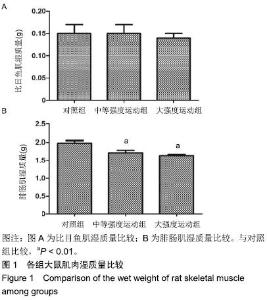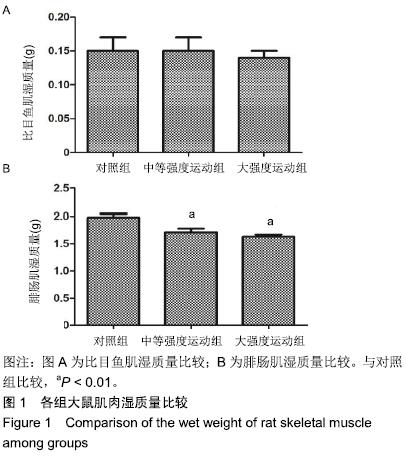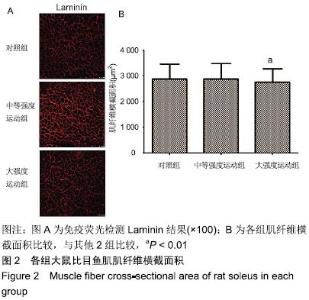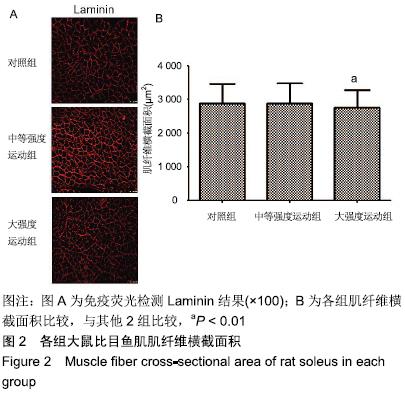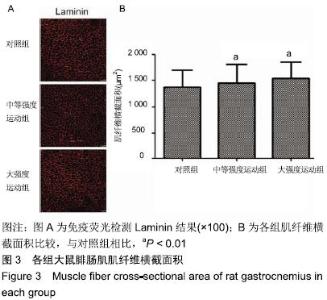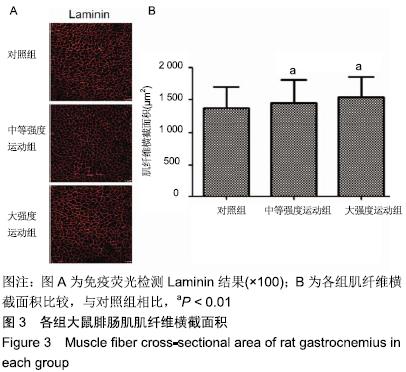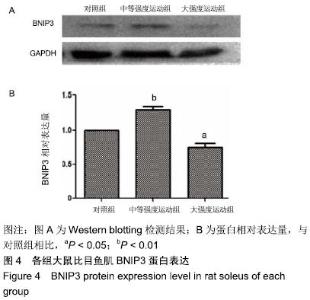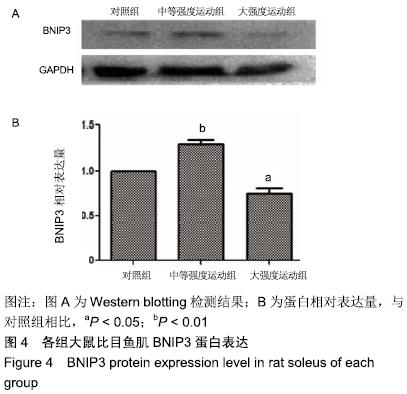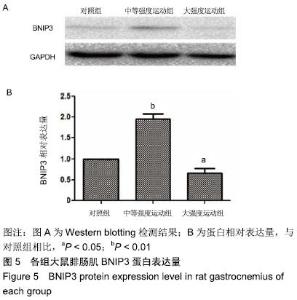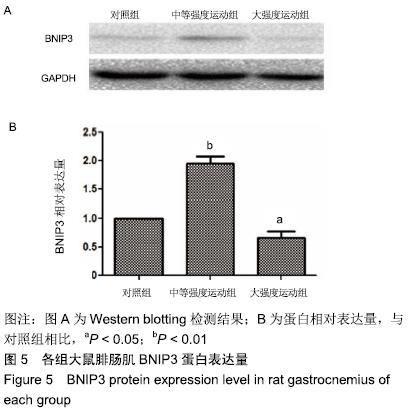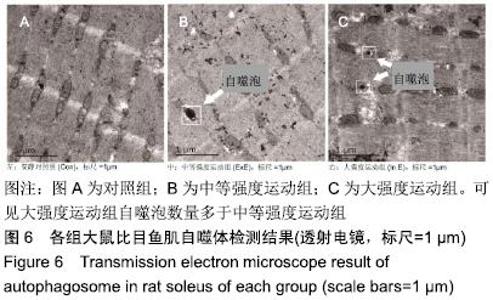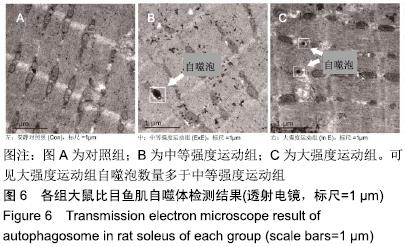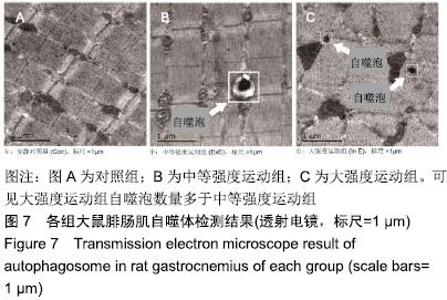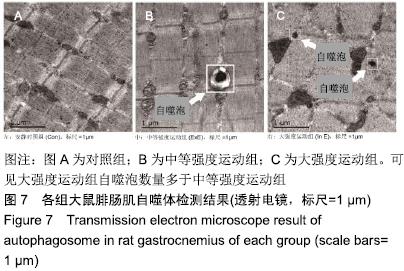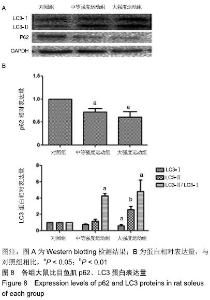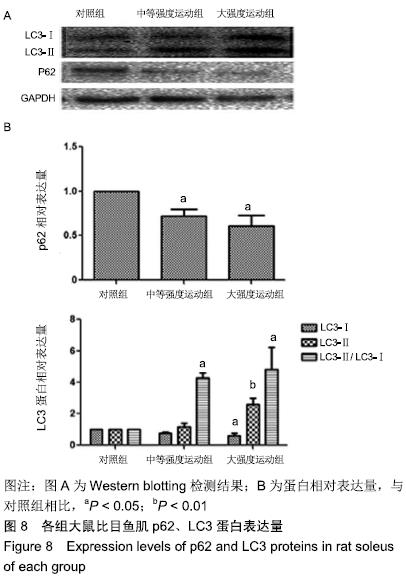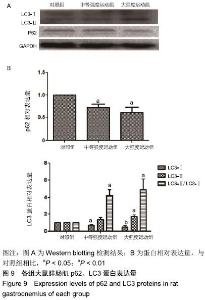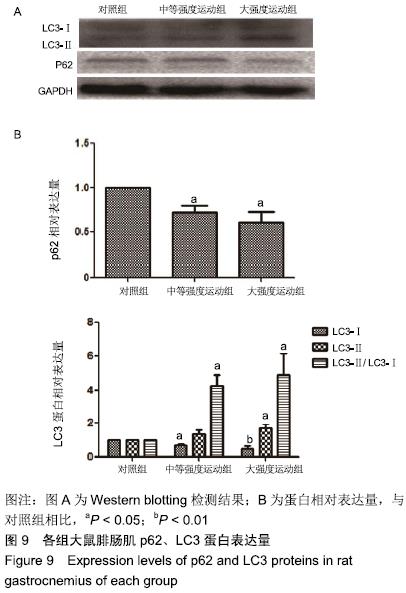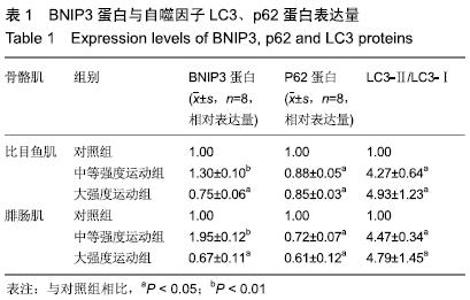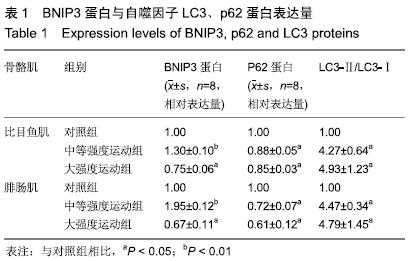[1] GREEN DR, VAN HOUTEN B. SnapShot: Mitochondrial quality control.Cell.2011;147(4): 950.
[2] YOULE RJ, NARENDRA DP.Mechanisms of mitophagy.Nat Rev Mol Cell Biol.2011;12(1); 9-14.
[3] KABEYA Y, MIZUSSHIMA N, UENO T, et al.LC3, a mammalian homologue of yeast Apg8p, is localized in autophagosome membranes after processing.EMBO J. 2000; 19(21): 5720-5728.
[4] GOZUACIK D,KINICHI A.Autophagy as a cell death and tumor suppressor mechanism.Oncogene.2004; 23: 2891-2906.
[5] WAN J, MARTINVALET D, JI X, et al.The Bcl-2 family pro apoptotic molecule,BNIP3 regulates activation-induced celldeath of effector cytotoxic T lymphocytes.Immunology. 2003;110(1):10-17.
[6] DAIDO S, KANZAWA T, YAMAMATO A, et al. Pivotal role of the cell death factor BNIP3 in ceramide-induced autophagic cell death in malignant gilma cells.Cancer Res.2004;64(12): 4286-4293.
[7] VASAGIRI N, KUTALA VK. Structure, function, and epigenetic regulation of BNIP3: a pathophysiological relevance.Mol Biol Rep.2014;41:7705-7714.
[8] FENG X, LIU X, ZHANG W, et al. p53 directly suppresses BNIP3 expression to protect against hypoxia-induced cell death.EMBO J.2011;30:3397-3415.
[9] 崔迪,贺杰,孙婧瑜,等.耐力训练与p53抑制剂PFT-α对小鼠骨骼肌线粒体自噬相关基因表达的影响[J].天津体育学院学报,2013, 28(5):422-426.
[10] JIN Z, LI Y, PITTI R, et al.Cullin3-based polyubiquitination and p62-dependent aggregation of caspase-8 mediate extrinsic apoptosis signaling.Cell.2009;137(4):721-735.
[11] KIRIN V, LAMARK T, JOHANSEN T, et al.NBR1 cooperates with p62 in selective autophagy of ubiquitinated targets. Autophagy.2009,5(5):732-733.
[12] FENG Z, BAI L, YAN L, et al.Mitochondrial dynamic remodeling instrenuous exercise-induced muscle and mitochondrial dysfunction: Regulatory effects of hydroxytyrosol. Free Radic Biol Med.2011; 50(10):1437-1446.
[13] GOLBIDI S, Laher RI.Molecular mechanisms in exercise-induced cardioprotection.Cardiol Res Pract. 2011; 2011:972807.
[14] GRUMATI P, COLETTO L, SCHIAVINATO A, et al. Physical exercise stimulates autophagy in normal skeletal muscles but is detrimental for collagen VI-deficient muscles.Autophagy. 2011;7(12):1414-1423.
[15] 邱守涛,崔迪,付绍婷,等.不同强度耐力运动对骨骼肌质量的影响:自噬与衰老[J].沈阳体育学院学报,2015,34(1):78-84+90.
[16] LIRA VA, OKUTSU M, ZHANG M, et al.Autophagy is required for exercise traing-induced skeletal muscle adaption and improvement of physical performance.FESEB J.2013;27(10): 4184-4193.
[17] 于大堂,李茗芳,倪兵,等.大鼠脊髓损伤后自噬相关蛋白LC3和BNIP3的表达[J].第三军医大学学报,2013,35(9):841-845.
[18] 薄海,李玲,段富强,等.低氧联合运动对大鼠骨骼肌线粒体自噬的影响[J].中国康复医学杂志, 2014,29(10):908-912.
[19] HE C, BASSIK MC, MORESI V, et al.Exercise-induced BCL 2-regulated autophagy is required for muscle glucose homeostasis.Nature.2012;481(7382):511-515.
[20] QUINSAY MN, THOMAS RL, LEE Y, et al.Bnip3-mediated mito-chondrial autophagy is independent of the mitochondrial permeabili-ty transition pore.Autophagy.2010;6(7): 855-862.
[21] KIM JY, KIM YJ, LEE S, et al. BNip3 is a mediator of TNF-in-duced necrotic cell death.Aoptosis. 2011,16(2): 114-126.
[22] HE C, SUMPTER R JR, LEVINE B.Exercise induces autophagy in peripheral tissues and in the brain. Autophagy. 2012;8(10):1548-1551.
[23] MIZUSHIMA N, YOSHIMORI T, LEVINE B. Methods in mammalian autophagy research.Cell.2010;140(3): 313-326.
|
